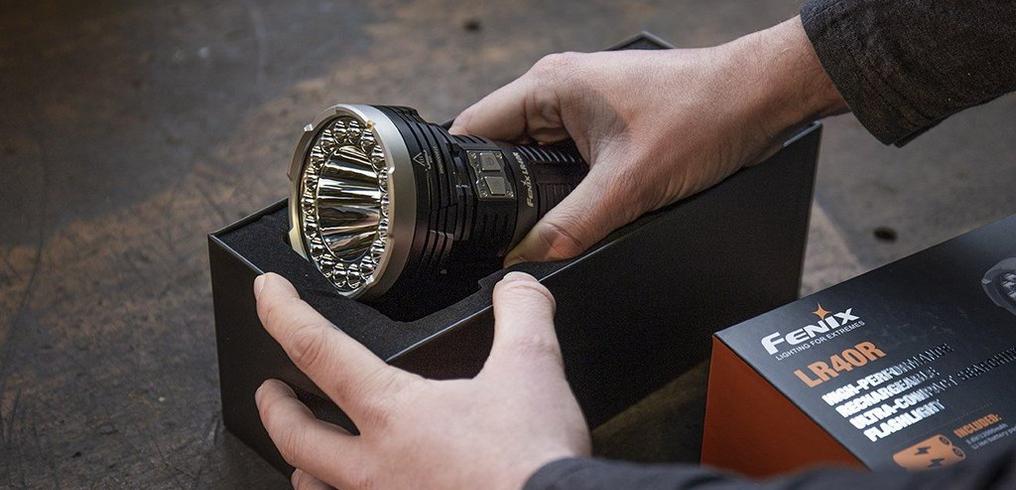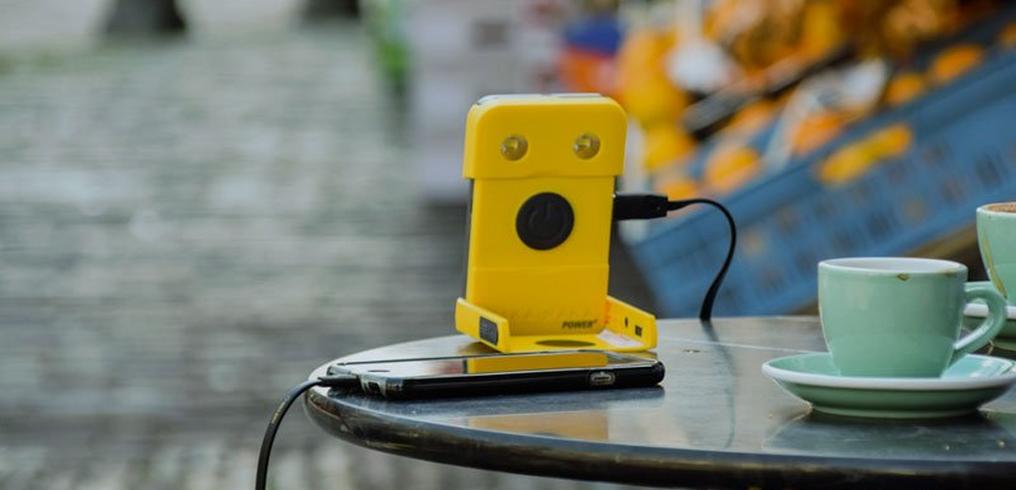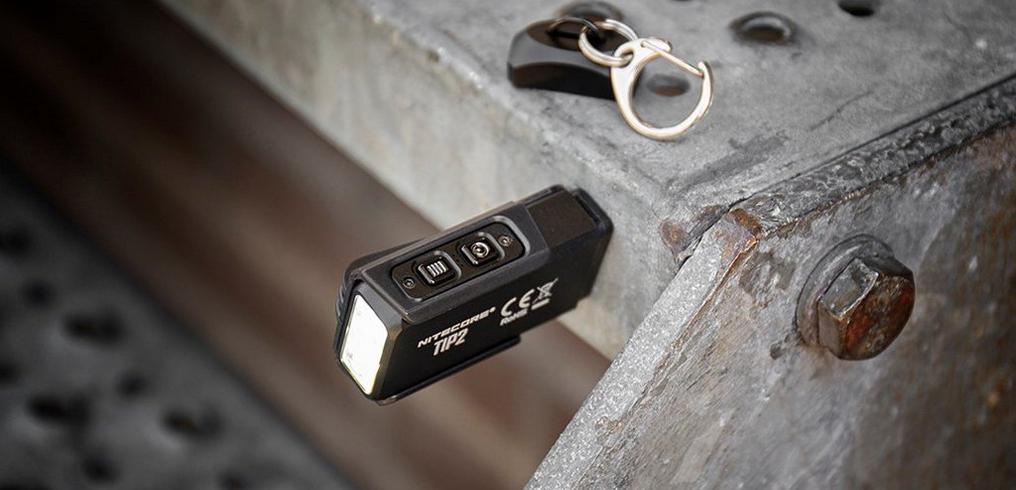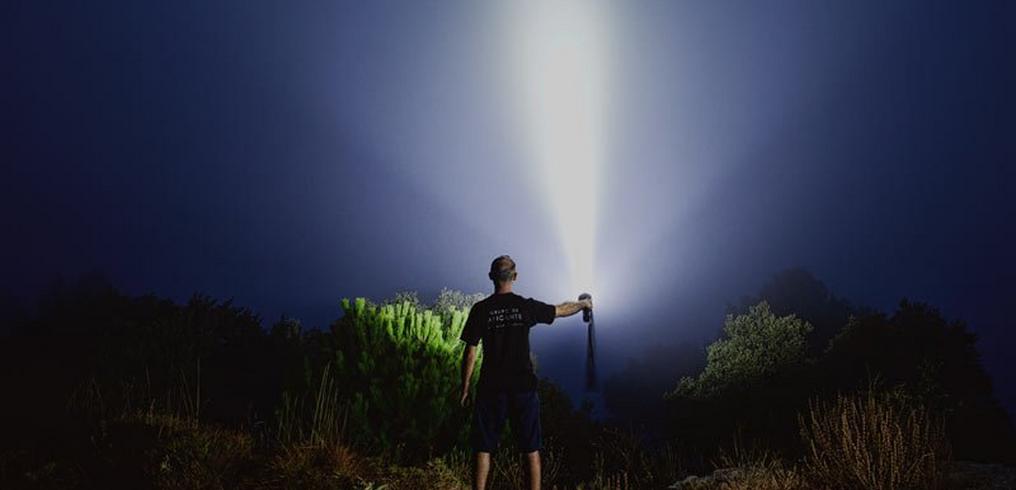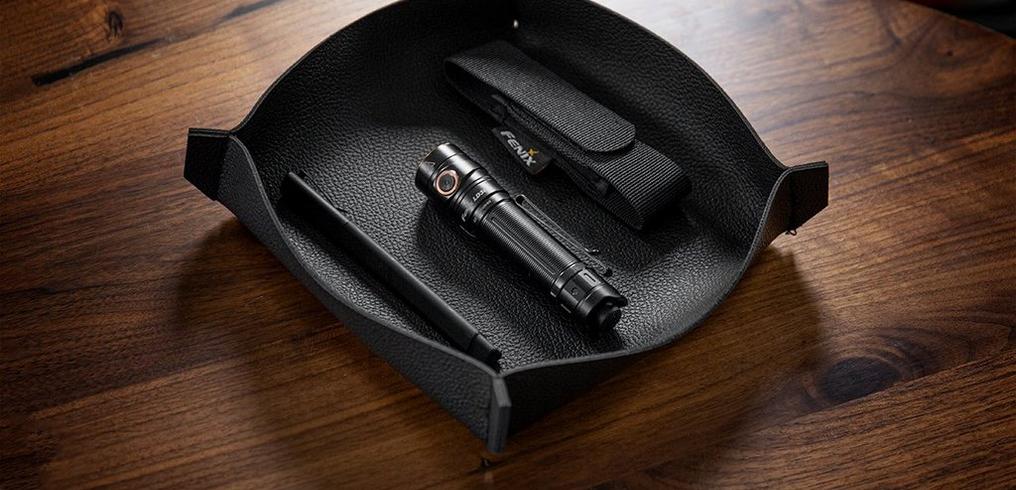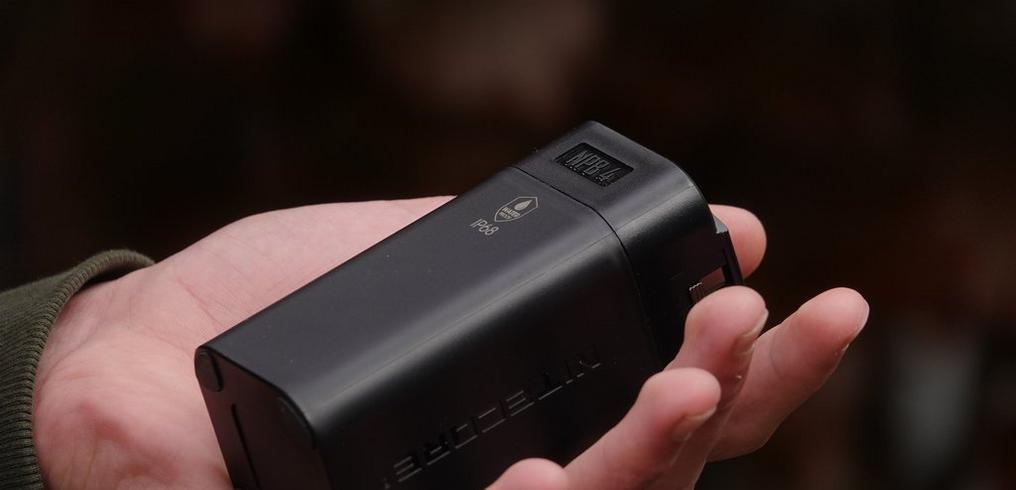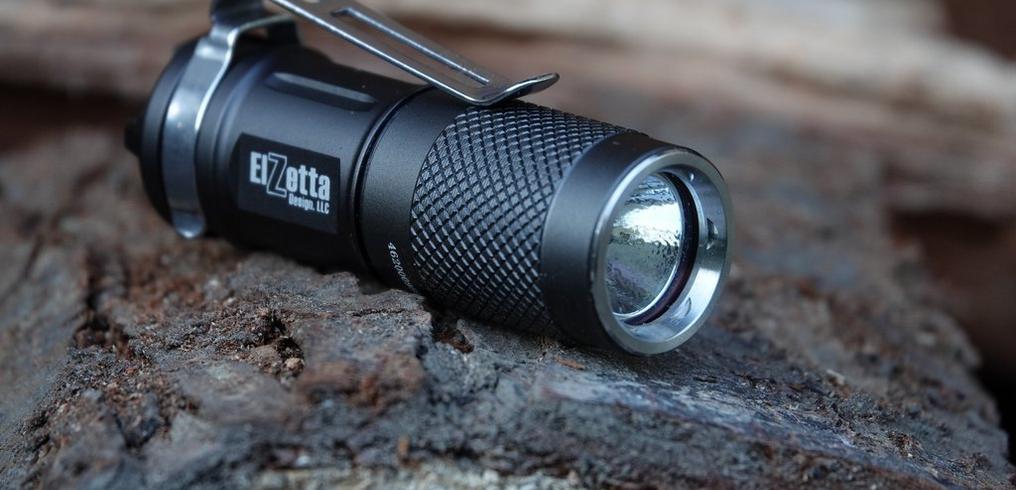Why doesn't my flashlight burn as long as the manufacturer claims?
Question to Knivesandtools:
We are asked this quite frequently. There can be various reasons but it is almost never a defect of the torch.
My flashlight does not burn as long as the manufacturer claims. Is it broken?
Answer of Knivesandtools:
The reasons are usually the type of the used batteries and the way the life was measured.
Measuring the life:
An ANSI standard was introduced 2 years ago for the measuring of the life of a torch. That standard prescribes that the life is measured to only 10% of the original indicated light output.
That is of course not what the consumer expects. The height of the difference with a real expectation depends considerably on the torch. If it progressively gives less light, there is a huge difference. If the light output suddenly collapses the standard is perfectly usable.
For torches that operate on AA (penlite) or AAA (mini penlite) batteries:
Many powerful torches work on AA batteries. Examples: the Fenix TK20 and TK45.
Those torches optionally work on 'normal' alkaline batteries or on rechargeable NiMH-batteries.
The requirements those torches set on the batteries are very high. So high that even the best Alkaline battery does not measure up.
Alkaline batteries are usable but at the highest setting of the lamp the maximum power of the battery is insufficient and it empties prematurely.
Rechargeable NiMH-batteries do the job however. They are very resistant against the high power required. You will see that when using NiMH-batteries the torch becomes a lot less warm and the indicated life is reached or achieved.
The indication of the life given by manufacturers like Fenix is based on the use of NiMH-batteries. The use of Alkaline batteries is no problem. The life is halved when using at high setting. This also strongly depends on the quality of the used alkaline batteries. And also whether the high setting is used consecutively or that it is used with intervals. In the latter case the life is longer because the batteries get the chance to cool off.
For torches that work on CR123A or 18650 batteries:
For torches that work on CR123A or 18650 batteries there are fewer deviations between the indicated and actual life. Both types of batteries are perfectly suitable for supplying high power.
But for lamps that are suitable for two types of batteries the life with the use of (rechargeable) 18650-batteries is longer than the life with (non-rechargeable) CR123A batteries.
Perhaps you noticed it before: your flashlight doesn't burn as long as the manufacturer claims. Did the manufacturer lie? Is the light broken? Not at all. It is often the result of how the manufacturer measures the burn time and which batteries you use.
How does the manufacturer measure the burn time?
The manufacturer measures the burn time of a flashlight or head torch according to the so-called ANSI norm. According to these rules they measure the burn time until the light produces only 10% of the output you started with. Let's say a light starts with 200 lumens and ends with 20 lumens after 2 hours. Those two hours are listed by the manufacturer.
The good thing of this standard is that all brands use it. As such you can easily compare them. But there is, of course, a difference between your expectations and what the light actually produces. Some flashlights or head torches gradually produce less light. At that point the ANSI standard is useless, because it won't correspond with your expectations. However, if the output becomes less all at once, the standard can definitely come in handy.
Which influence does the battery type have?
Another factor for the burn time of your flashlight or head torch is the battery type. The battery you use is key. As such you should carefully check the battery the manufacturer recommends for your light.
Flashlights and head torches with AA or AAA batteries
For lights that work AA or AAA batteries you can choose from 'regular' alkaline batteries or rechargeable NiMH batteries. You can easily use the regular alkaline batteries, but you will notice that in the highest mode the batteries will be drained faster. All because powerful lights ask a lot from these batteries. This does, however, depend on the quality of the alkaline batteries. Better batteries last longer than batteries of a lesser quality.
NiMH batteries do come into their own. These can handle what the light asks them to do. And you will notice that the light won't heat up as much. Also! Very importantly, that the light reaches the listed burn time. The burn time Fenix manufacturers list is based on the use of NiMH batteries.
Flashlights and head torches on CR123A, 21700 or 18650 batteries
For these battery types variations in the burn time are not as frequent. These batteries are very good at producing a lot of power. Sometimes a light allows you to use two types of batteries. 2x CR123A or 1x21700, for instance. When compared you see that 18650 batteries and 21700 batteries reach a longer burn time than CR123A batteries. The burn time the manufacturer lists is then always based on the use of 18650 or 21700 batteries.
